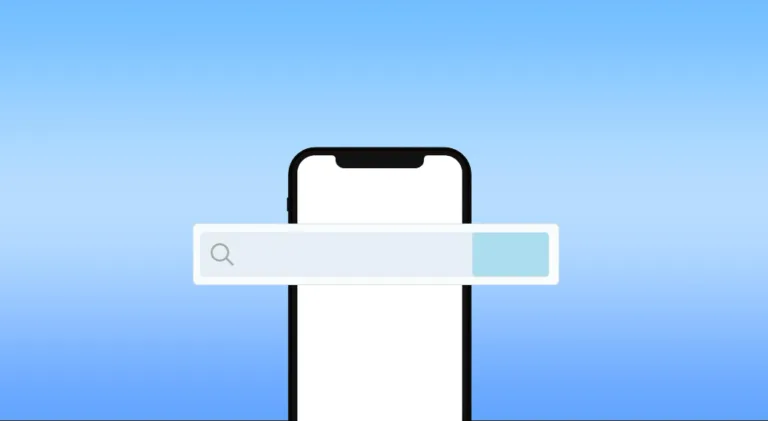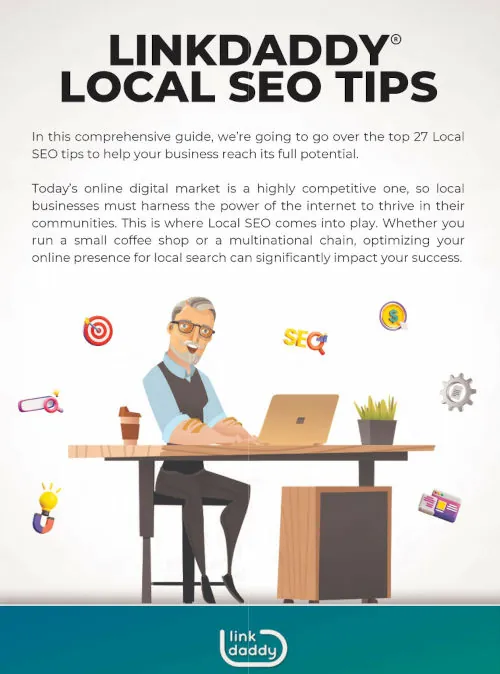Writing good content is one of the best things you can do to improve your website or blog. Not only will it help you attract new readers, but it will also keep your existing readers coming back for more.
However, writing great content is not always easy. It takes time and effort to come up with topics that are both interesting and informative, and then to write about them in a way that engages your audience.
If you’re ready to start writing better content, here are some tips to get you started.
Learn How To Do Customer Research

The first step to being an effective writer is understanding your audience. After all, you can’t write content that appeals to them if you don’t know who they are.
That’s why it’s so important to do customer research. This involves figuring out who your target audience is, what their needs and wants are, and what kind of language they use.
Once you know who your target audience is, it’s time to start planning your content. This means coming up with ideas for articles, blog posts, or even videos that will appeal to them.
To find out more about your target audience, all you have to do is ask them. You can do this through surveys, interviews, or even just by talking to them directly.
The important thing is to listen to what they have to say and then use that information to come up with content ideas that will resonate with them.
If you don’t have the time and resources to do surveys and interviews, you can always rely on social listening tools to give you insights into what your target audience is talking about.
Use Keywords To Your Advantage
If you want your content to be easily found by your target audience, you need to make sure it includes the right keywords.
Keywords are the words and phrases that people use when they’re searching for information on the internet.
For example, if someone is looking for tips on how to train their dog, they might type in “dog training” or “how to train a dog.”
Including relevant keywords in your content will help search engines like Google understand what your article is about and match it with people who are searching for that information.
It’s also important to use keywords throughout your article in a way that sounds natural. Avoid stuffing them in where they don’t belong, or your readers will quickly lose interest.
If you’re not sure which keywords to use, try using a keyword research tool like Google AdWords Keyword Planner or Moz Keyword Explorer.
Both of these tools will help you find keywords that are relevant to your topic and have a high search volume.
Create Compelling Headlines

Your headline is the first thing people will see when they come across your content, so it’s important to make it count.
A great headline will grab attention and make people want to click through to read your article. A bad headline, on the other hand, will do the opposite.
To write a great headline, start by brainstorming a list of potential topic ideas along with a few different headlines for each one.
Then, use a headline analyzer tool like CoSchedule Headline Analyzer to score your headlines and see which one is most likely to get clicked.
Finally, don’t forget to include keywords in your headline. This will help improve your article’s search engine ranking and make it more likely to be found by people who are looking for information on that topic.
Write A Compelling Introduction
Once you have a great headline, it’s time to move on to your introduction. The introduction is the first thing people will read after your headline, so it needs to be just as captivating.
A good introduction will give readers a taste of what’s to come and make them want to keep reading. A bad introduction, on the other hand, will do the opposite.
To write a great introduction, start by hooking your readers with an interesting story or statistic. Then, give them a brief overview of what they can expect to learn from your article.
However, when writing your introduction, always remember to avoid giving too much away. You want to leave your readers wanting more, not feeling like they’ve already read everything there is to know on the topic.
Use Images, Graphics, And Videos
Including images, graphics, and videos in your content is a great way to break up text and make it more visually appealing. It can also help make complex topics easier to understand.
When choosing visuals for your content, always make sure they’re high quality and relevant to the topic at hand. In other words, don’t just throw in any old photo or video just for the sake of it.
If you’re not sure where to find great visuals for your content, try searching for royalty-free images on sites like Pixabay or Unsplash. Do take note that publishing visual materials online can slow down the loading speed of your pages, so try to keep the number of visuals to a minimum.
Apply User-Friendly Reading Formats
One of the most important things to keep in mind when writing content is that people will be reading it on the web. That means you need to format your content in a way that’s easy to read on a computer or mobile device.
Some user-friendly formats to consider include short paragraphs, bullet points, and headlines. You should also make sure your content is scannable by including subheadings and plenty of whitespaces.
If you’re not sure how your content looks on the web, try looking at it on a different device or screen size. If it’s difficult to read or doesn’t look great, consider making some formatting changes.
Edit And Proofread Your Work

Once you’ve finished writing your content, always make sure to edit and proofread it before publishing. No matter how great your article is, tiny errors can make it look unprofessional and turn people off from reading it.
When editing your content, look for any typos, grammar mistakes, or factual errors. You should also make sure all your sentences are clear and easy to understand. If you’re not confident in your editing skills, consider hiring a professional editor or proofreader to help you out.
You should also consider checking for plagiarism before you publish your content. While it’s not always possible to avoid, plagiarism can make your article look bad and damage your reputation as a writer.
There are a few different ways to check for plagiarism, but one of the simplest is to copy and paste your content into a Google search. If you see any identical or similar results, that means your content has been duplicated somewhere else on the web.
While it’s not always possible to prevent plagiarism, there are a few things you can do to minimize the risk. First, always cite your sources when using someone else’s work in your own content. Second, try to write original content that hasn’t been covered extensively elsewhere on the internet. And finally, if you do use someone else’s work, make sure to get permission first.
By following these tips, you can create great content that will help you achieve your marketing goals. Just remember to always put your audience first and focus on creating quality, user-friendly content.
Blog Writing VS. Copywriting
As a business owner, you’ve probably heard the terms “blog writing” and “copywriting” thrown around a lot. But what exactly is the difference between the two?
In short, blog writing is more about creating informative or entertaining content, while copywriting is all about persuading people to take a specific action, such as buying a product or signing up for a service. Here’s a deeper look at how you can use each type of writing for marketing.
Blog Writing
When it comes to blog writing, the focus is on creating content that will inform or entertain your readers. This can include anything from helpful how-to guides and listicles.
One of the main goals of blog writing is to build a relationship with your readers. By providing them with valuable and interesting content, you can position yourself as an authoritative voice in your industry.
This type of content can also help you attract new customers or clients to your business. By ranking high in search engine results for keywords related to your business, you can increase your chances of getting found by people who are looking for what you have to offer.
Copywriting

Copywriting, on the other hand, is all about persuasion. The goal of copywriting is to get people to take a specific action, such as buying a product or signing up for a service.
To do this, copywriters use techniques like creating a sense of urgency, making bold claims, and using persuasive language. They also focus on creating content that’s clear and easy to read, as well as visually appealing.
While blog writing can be a great way to attract new customers or clients, copywriting is usually more effective when it comes to getting people to take action. That’s why it’s often used in marketing materials like sales pages, email campaigns, and ads.
If you’re not sure which type of writing you need for your business, consider your goals. If you’re looking to build relationships and attract new customers, blog writing may be the way to go. But if you’re trying to boost sales or get people to sign up for your service, copywriting will probably be more effective.
How To Make Sure You’re Writing The Right Content For Your Audience
Creating great content is essential for any business, but it’s also important to make sure you’re writing the right kind of content for your audience.
Here are a few tips to help you make sure you’re on the right track:
1. Know Your Audience
The first step is to know who your target audience is. What are their needs and wants? What are their pain points? When you know who you’re writing for, you can create content that’s more likely to resonate with them.
2. Keep It Simple
When it comes to writing content, less is usually more. Don’t try to cram too much information into one article or blog post. Instead, focus on writing concise, easy-to-read content.
3. Make it Relevant.
Your content should be relevant to your audience and your business. Write about topics that your target audience is interested in, and make sure your content is aligned with your business goals.
4. Be Consistent
It’s important to be consistent with your content. If you only post sporadically, you’re less likely to build a following or see any results. Try to post regularly, and stick to a schedule as much as possible.
5. Promote Your Content
Once you’ve created great content, it’s important to promote it so people actually see it. Share your articles and blog posts on social media, and reach out to influencers in your industry to help spread the word.
Why Marketing Is Just As Important As Creating Content
Creating great content is essential for any business, but it’s also important to make sure you’re message is getting to your target audiences.
Digital marketing is a great way to reach people online, and there are a number of different strategies you can use to get your content seen.
Here are a few tips to help you get started:
1. Use SEO keywords in your content to help your articles rank high in search engine results.
2. Share your content on social media, and make sure to use relevant hashtags.
3. Reach out to influencers in your industry, and ask them to share your content with their followers.
4. Make sure your website is optimized for search engines, and that your articles are easy to find.
5. Use pay-per-click advertising to get your content in front of people who are looking for it.
Digital marketing is a great way to reach more people with your content. By using SEO keywords, sharing on social media, and reaching out to influencers, you can get your content seen by more people than ever before.
The Bottom Line
Creating great content is essential for any business, but it’s also important to make sure you’re writing the right kind of content for your audience. Keep these tips in mind to make sure you’re on the right track.









